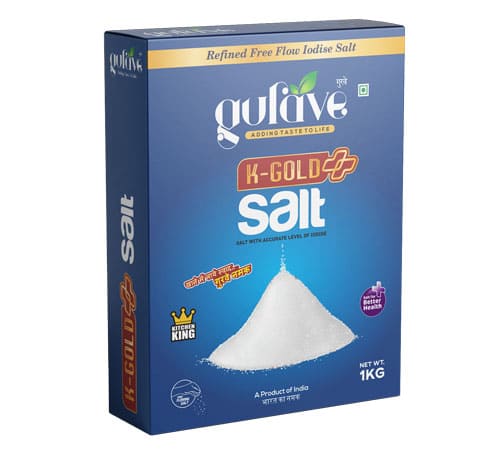The Egyptians were the ones to recognize the true potential of salt for preservation. Sodium is useful in drying out food, and sodium also removes bacteria-causing moisture from them. The addition of sodium allows keeping the meat outside for long periods without refrigeration. Hydraulic mining (also known as solution mining) of salt entails pumping water underneath the earth’s surface to dissolve salt deposits and produce a salt brine. The ocean is a naturally occurring salt brine. After being pumped to the surface, the brine evaporates, turning it into salt. A subterranean salt deposit is injected with fresh water, which causes the salt to dissolve into a saturated brine. After being pumped back to the top, the brine is heated and evaporated to produce salt crystals.
Rock salt and brine are the two prime sources of salt. Rock salt is the only salt that has crystallized, and rock salt is also known as halite. Ancient oceans evaporated thousands of years ago, resulting in the formation of rock salt. The United States, Canada, Germany, eastern Europe, and China produce significant rock salt.
Purification of salt was accomplished in open shallow pans. In the past, these shallow pans were in use to hasten the process of evaporation. Additionally, the use of vacuum-based techniques is done. The raw salt is processed using chemicals to remove most pollutants (mostly magnesium and calcium salts). Then several phases of evaporation are used.
With 64 million metric tonnes of salt produced in 2021, China will continue to lead the world in salt production. The rate of industrial salt manufacturers in india is also very high.
History Of Salt Manufacturing In India
In the past, salt was much more precious than gold, and the truth is that the salt trade was more valuable than the gold trade. The idea of trade started with the increasing need for salt. The terminology “sea salt” refers to salt created when ocean or saltwater lake water evaporates. Sea salt is known for maintaining trace minerals and needs less processing than table salt. These substances give food flavour and colour. Sea salt is also available in the form of grains and crystals.
To suit its domestic requirements, salt was purchased from the United Kingdom & Adens when India gained independence in 1947. In contemporary times we have many salt manufacturers in india responsible for making India’s salt independent.
The use of salt is responsible for altering the history of our nation. The salt pan employees are still working extremely hard to produce salt and advance India’s growth.
Salt making and selling was a prohibition in India before independence. The British were forcing native Indians to purchase foreign salt at exorbitant prices, and this led to a nationwide revolt.
Gujarat is a state in India’s west central area. The majority of the country’s salt production happens here, and Gujarat accounts for about three-quarters of the nation’s yearly salt production and employs more than 50% of all salt employees.
Rajasthan, Gujarat, Tamil Nadu, Maharashtra, Andhra Pradesh, and Odisha are the main salt producers in India. Gujarat produces over 70% of the world’s salt, trailed by Tamil Nadu. There are over 9000 salt manufacturing units where thousands of salt manufacturers in Gujarat work.
Conclusion
Salt is known to possess numerous health benefits other than being a preservative or a tastemaker. Adding salt to your diet helps you keep good vascular and sleep well. It is also responsible for preventing muscle cramps and keeping us hydrated. Salt is salt at the end of the day. There is no scientific proof stating one type of salt is better or healthier, except salt replacements.
Salt primarily adds taste to food and performs as a preservative or a mixer. Since bacteria cannot survive in high salt environments, salt also performs as a food preservative. The human body needs a small quantity of salt to convey nerve impulses, tighten and relieve muscle, and keep the correct ratio of water and minerals. The salt manufacturers in India are doing more than just helping the economy. And these manufacturers are also responsible for keeping us healthy. Too much salt is bad. However, a little salt can keep us fit.




















